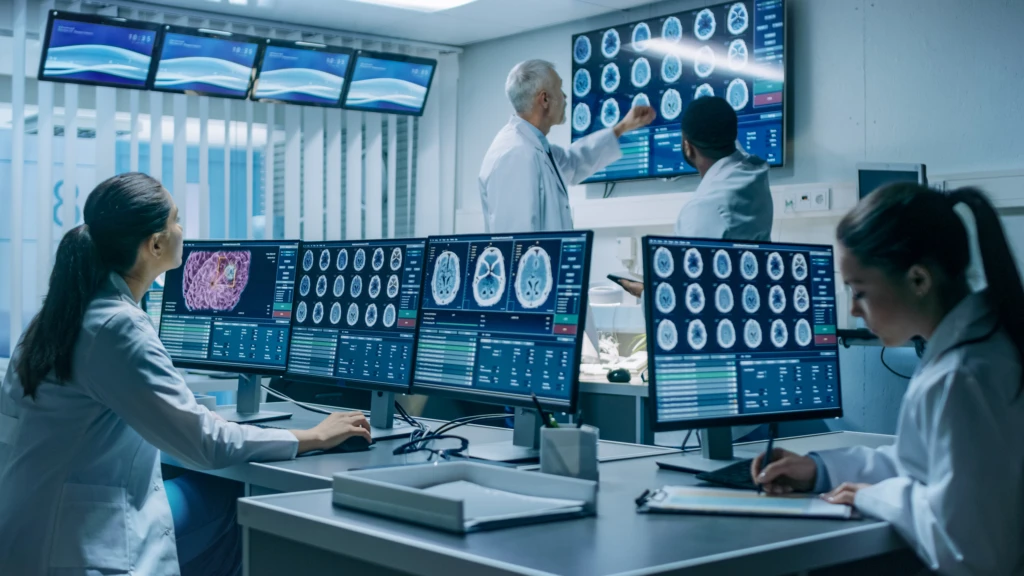Sports-related injuries are common for professional athletes or weekend warriors. When you get injured during physical activity, it’s crucial to know the severity of the damage. To guide proper treatment and recovery. This is where medical imaging plays a vital role.
There are many imaging techniques used to diagnose sports injuries. Some of the most common techniques are:
X-rays:
X-rays are used to see bones and other hard tissues. They are often used to diagnose fractures, dislocations, and other bone injuries.
Magnetic resonance imaging (MRI):
MRI is a more detailed imaging technique used to see soft tissues. Such as muscles, ligaments, and tendons. MRI is often used to diagnose ligament tears, muscle strains, and other injuries.
Computed tomography (CT) scan:
CT scans are a type of X-ray that uses many images to create a three-dimensional image of the body. CT scans diagnose a variety of sports injuries. Including concussions, fractures, and ligament tears.
Medical imaging helps athletes get back in the game faster by:
Confirming the diagnosis:
A confirmed diagnosis allows the doctor to start the proper treatment immediately. This helps to reduce the risk of further injury and speed up the recovery process.
Determining the severity of the injury:
The severity of the injury will determine the type of treatment needed. Medical imaging helps to specify the severity of the injury and guide the treatment plan.
Monitoring the healing process:
Medical imaging tracks the healing process. It makes sure that the injury is healing properly. This can help to prevent complications and ensure a full recovery.
Why Medical Imaging Matters in Sports Injury Diagnosis
– Medical imaging allows detailed assessment of the injury, revealing hidden damages.
– Precise diagnosis helps healthcare professionals create tailored treatment plans.
– Early detection of injuries can ensure optimal recovery.
– Medical imaging helps track healing progress.
Medical imaging uses techniques such as X-rays, CT scans, and MRIs. It provides professionals with a clear view of the injured area. X-rays identify fractures, dislocations, or bone abnormalities.
CT scans provide detailed images, revealing intricate details of bone and soft tissue. MRIs use powerful magnets and radio waves to produce detailed images of soft tissues. Like muscles, tendons, and ligaments. Together, these imaging methods uncover the full extent of the injury.
Once the injury is diagnosed, professionals develop an appropriate treatment plan. Medical imaging also shows the severity of the injury. It makes things easy for healthcare providers. They determine the most effective course of action.
Whether it involves rest, physical therapy, immobilization, or surgical intervention. The treatment plan can be tailored to address the specific needs of the patient.
It is important to detect sports injuries early to prevent long-term effects. Medical imaging identifies injuries that may not be apparent through physical examination alone. For example, an MRI can reveal small tears in ligaments. If they are left untreated, they could cause chronic pain. Spotting these issues early prevents long-term effects.
Medical imaging also plays a crucial role in the healing progress. Follow-up imaging allows experts to assess how the injury is responding to treatment. So they can adjust the recovery plan accordingly.
Medical imaging is a useful tool to diagnose and treat sports-related injuries. A clear view of the injury helps experts make treatment plans, and track healing progress. Whether it’s identifying fractures, assessing soft tissue damage, or tracking rehabilitation progress. Medical imaging can athletes get back to their peak performance.



